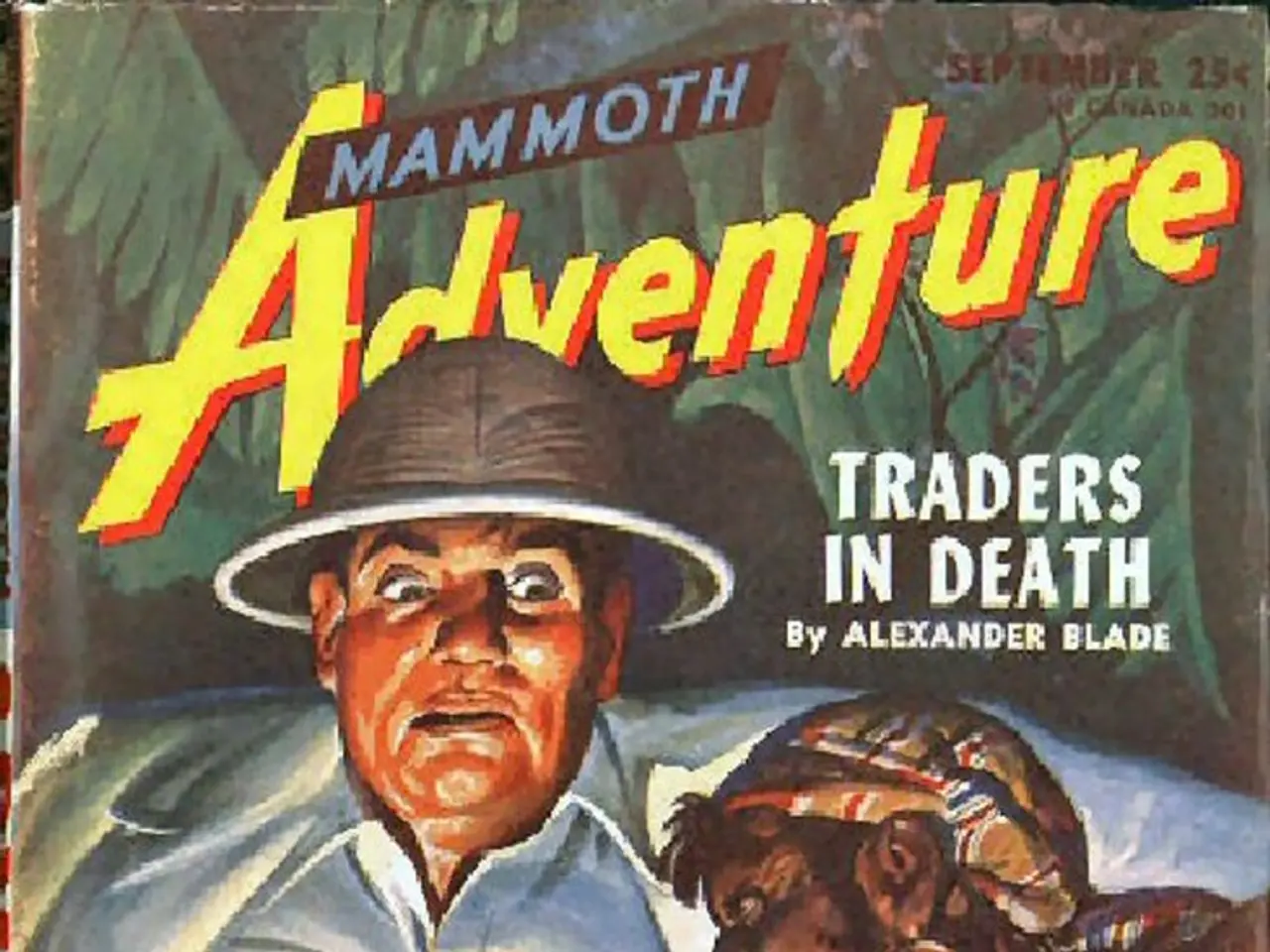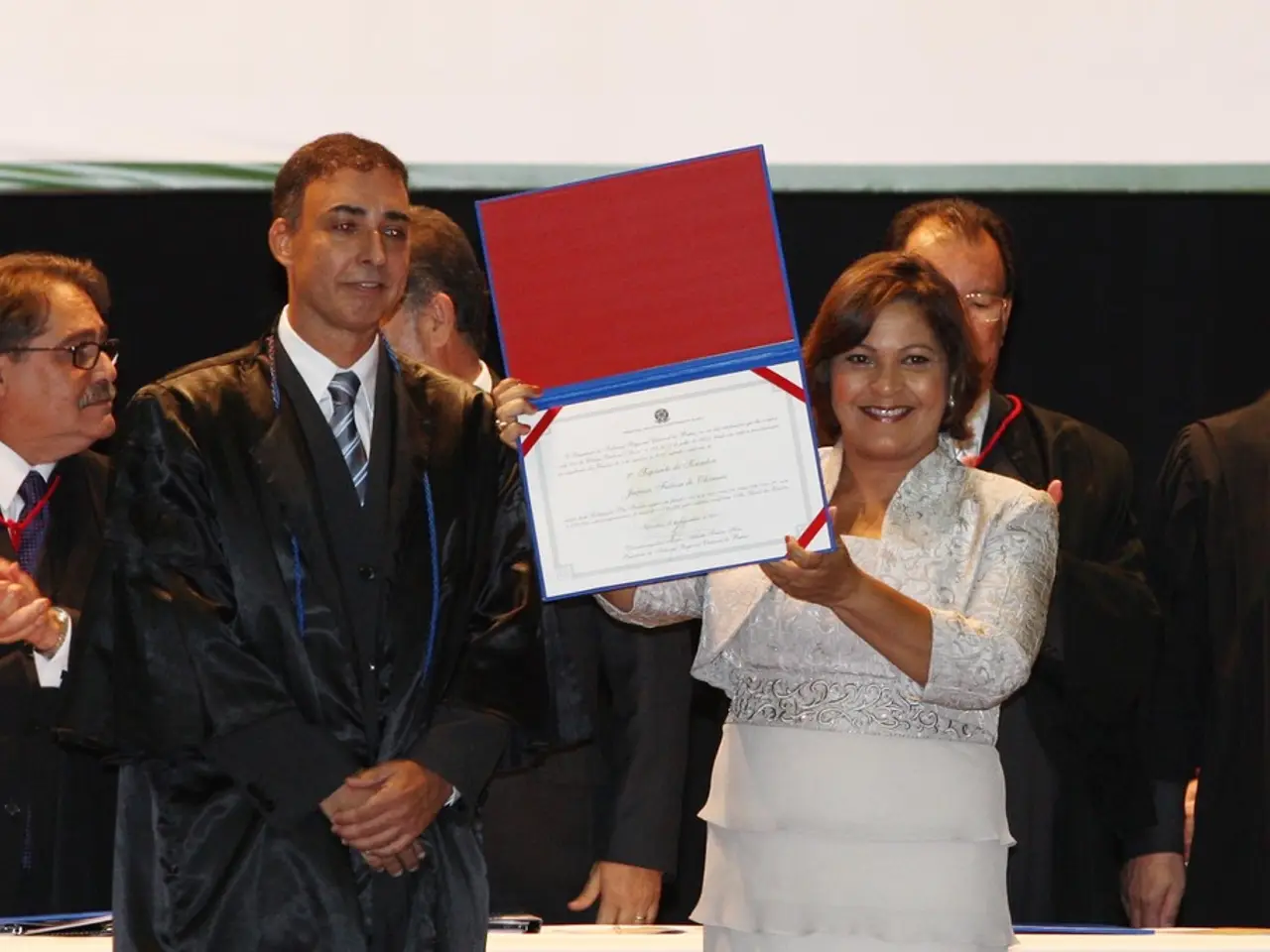Introduction to Wuxia Cinema for Novices
In the annals of Chinese literary and cinematic history, few genres have captured the imagination and captivated audiences quite like wuxia. Originating from ancient Chinese folklore, this genre of chivalrous heroes, martial arts, and moral codes has evolved over centuries, reaching new heights in the late 1990s and early 2000s.
Tracing its roots back to the Tang and Song dynasties (7th-13th centuries), wuxia literature was steeped in historical and supernatural tales that combined elements of heroic chivalry, moral humanism, and a focus on group behavior and societal welfare. As Chinese fiction evolved into extended prose narratives, believable worlds were created, often set in ancient China, featuring characters with exaggerated martial arts abilities and moral codes.
Wuxia cinema traditionally uses Ancient China as a backdrop to weave epic tales of martial artists — often warriors or assassins — who embody virtues like honour, loyalty, and justice. These films feature intense martial arts combat, incorporating fantastical elements such as supernatural abilities and enchanted weapons. The genre blends action-packed battle scenes with romance and mythology.
The Shaw Brothers Studio, a prolific film company in Asia, emerged as a powerhouse of wuxia filmmaking in the 1950s and 1960s. Directors like King Hu, known for his work on "Come Drink with Me" (1966) and "A Touch of Zen" (1971), elevated wuxia into the realm of high art, introducing the strong female warrior archetype and creating landmark films that remain some of the most acclaimed in the genre.
In the 1990s, directors like Tsui Hark revitalized the genre with a bold, kinetic style. His "Swordsman" trilogy and the "Once Upon a Time in China" series combined rapid-fire action, elaborate choreography, and nationalistic undertones. These films paved the way for global success, with "Once Upon a Time in China" (1991) starring Jet Li as the legendary folk hero Wong Fei-hung, reinvigorating the wuxia genre in the 1990s.
The wuxia genre experienced a significant revival and reached international audiences through groundbreaking films in the late 1990s and early 2000s. Ang Lee’s *Crouching Tiger, Hidden Dragon* (2000) stands out as a seminal work that introduced global viewers to wuxia’s blend of fantasy, romance, and martial arts. The film highlighted themes of fate, passion, and honour in a visually poetic universe where magic and historical romance coexisted. It featured career-defining performances by actors like Michelle Yeoh and Chow Yun-Fat and helped launch a new wave of global interest in wuxia.
Following "Crouching Tiger, Hidden Dragon's" success, directors like Zhang Yimou released visually sumptuous epics such as "Hero" (2002), "House of Flying Daggers" (2004), and "Curse of the Golden Flower" (2006). These films solidified wuxia's place as a globally influential genre, showcasing its unique blend of action, romance, and mythology.
In conclusion, wuxia transformed from a literary art form into a cinematic genre celebrated worldwide for its distinctive storytelling and aesthetic. From the balletic and physics-defying combat sequences that take place in mid-air, atop treetops, or across vast, poetic landscapes, to the exploration of themes like truth, loyalty, and nationalism, wuxia cinema continues to captivate audiences and push the boundaries of cinematic artistry.
The evolution of wuxia literature and cinema seamlessly transitions into a lifestyle statement, beckoning individuals with an affinity for brilliant action, intriguing romance, and introspective morality. Amid art cinemas and entertainment venues, wuxia's captivating tales of honour, loyalty, and justice create a distinctive niche for those yearning for a mythological escapade.
The global success of films like Ang Lee’s Crouching Tiger, Hidden Dragon (2000) and Zhang Yimou's Hero (2002) hints at a growing market that thrives on embracing wuxia's unique amalgamation of fantasy, romance, martial arts, and timeless human values. This genre immerses its followers in an aesthetic lifestyle that harmoniously combines entertainment and lifestyle choices.






